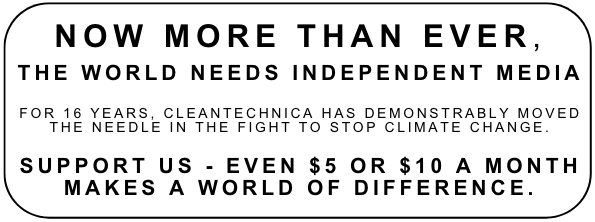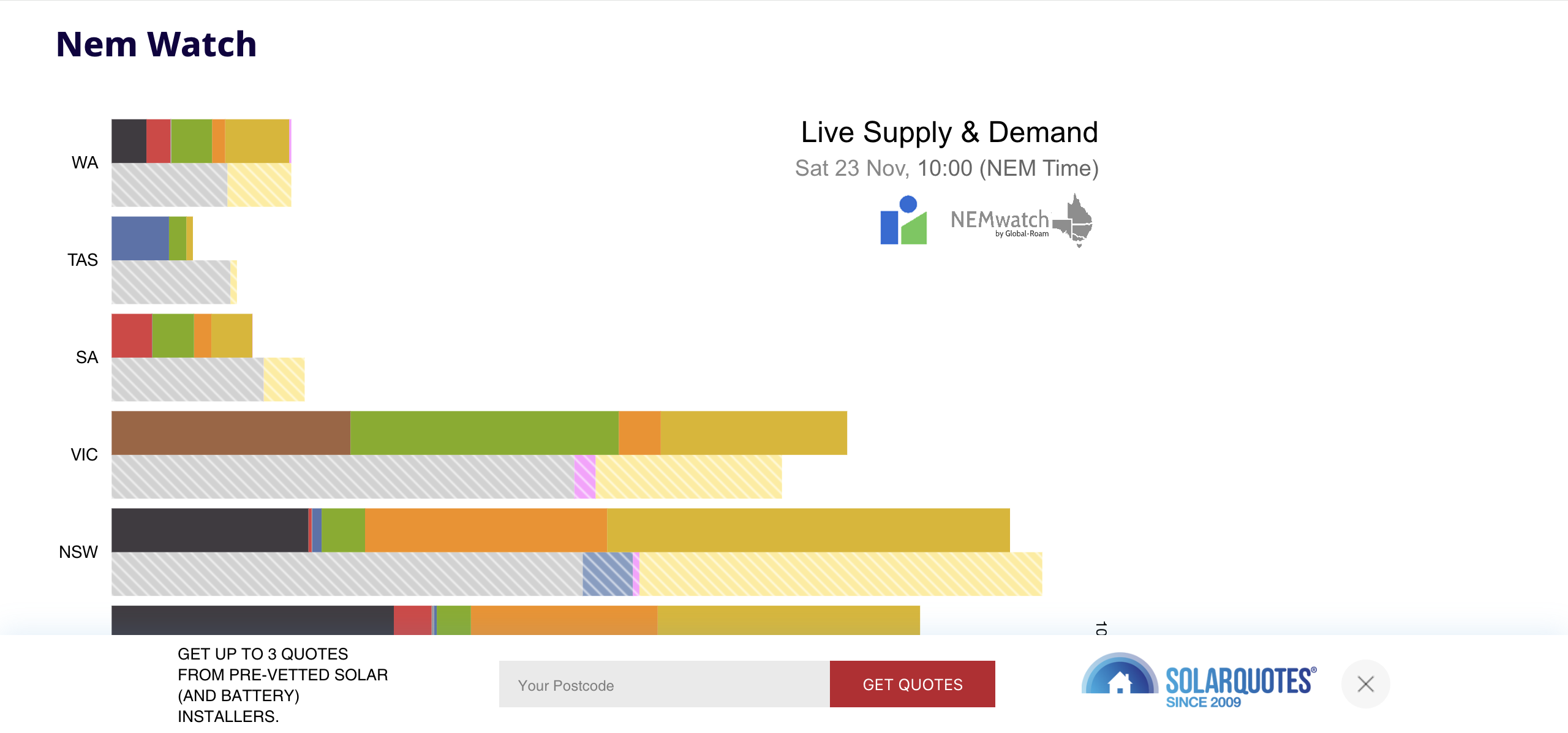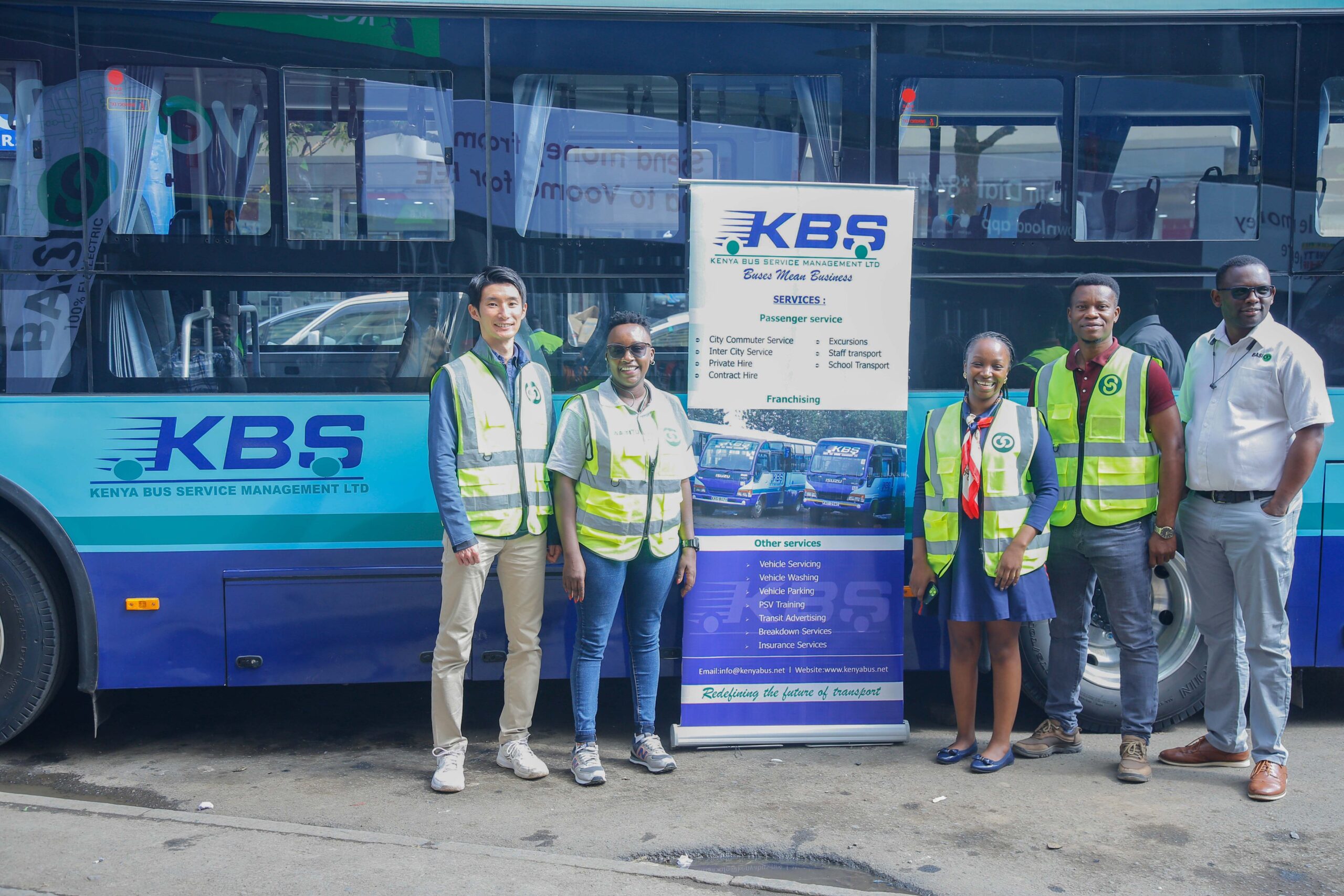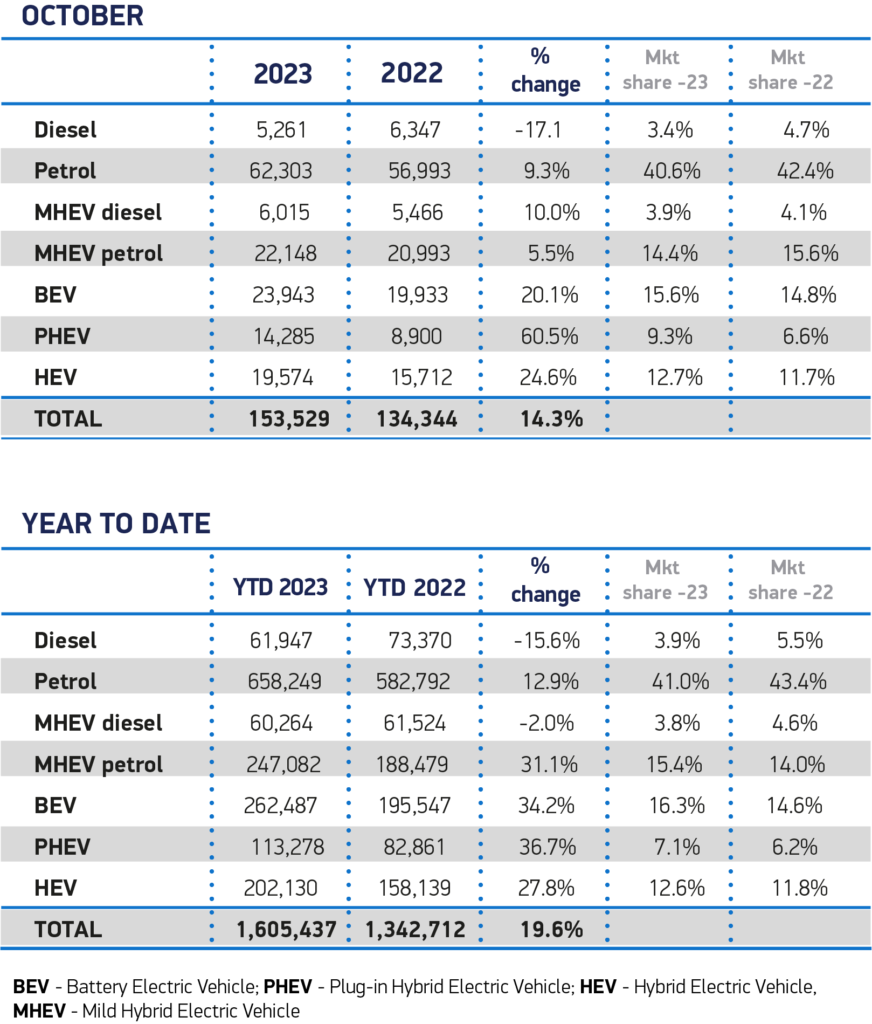
Sign up for daily news updates from CleanTechnica on email. Or follow us on Google News!
It’s been a miserable rainy week with loads of cloud cover here in Brisbane, Queensland. And you know what, the naysayers were right, sometimes the sun don’t shine. Or at least, doesn’t shine enough. This week, for the first time in months, I have had to use grid power to charge my car and heat my hot water. Cold showers are such a drag! Anyway, it is Saturday morning and the sun is out again, with the solar panels sucking up the electrons and powering the house once more!
Let’s have a look at some good news!

Although COP OUT seems to be a failure by mainstream media reports, progress is being made in Australia. Yes, more could be done. Yes, we are dragging the chain. But I am trying to highlight the positive. A report released in Baku by the Renewable Energy Council indicates that Australia is making some progress. Although, I expect it will too little to save our Pacific Island neighbours. Renewable energy investment since 2015 has reduced Australia’s emissions by 30% compared to what they would have been if we had continued our reliance on coal power. You can access the full report here.
Highlights include the news that 40 GW of new rooftop and large-scale renewable energy capacity has been deployed across Australia in the past decade. This raises the share of renewables from 16% to almost 40% in 2023, avoiding 200 million tons of greenhouse gas emissions. With large amounts of “new generation currently under construction, we expect this total saving to rise to more than 340 million tonnes by the end of 2025…. That is equivalent to reducing the emissions from all of Australia’s cars, light commercial vehicles, and aeroplanes to zero.”
By 2026, “it is expected that renewable generation will be more than three times greater than it was in 2015 and its share of overall generation will be around 48 per cent.” However, the report acknowledges that there is “substantial work to do, and an acceleration in the roll-out of renewable energy is needed if we are to achieve Australia’s 82 per cent renewable electricity generation target by the end of 2030.” At the moment, Australia is on target to reach 60% by 2030.
Some of Australia’s electricity generation comes from the burning of “dirty” brown coal. There has been a shift away from brown coal, which has brought some reduction in emissions. The report notes that “gas has contracted and not delivered any emission reductions.”
There is some concern that increases in emissions from the transport sector are cancelling out the gains in the electricity generation sector. As transport moves to electricity through battery-powered trucks and cars, concerns should be allayed. Progress in this area has been slow, with uptake in Australia dipping below 10% plugin vehicle penetration despite the introduction of many new models. Add to that the increase in size of vehicles supplied to the market (some call them diesel urban tanks) and the problem is compounded. Australia is slowly introducing and converting more BEV trucks and buses. Then there will be the question of training the system to charge when there is a surplus of renewable energy or installing a battery. All issues that can be dealt with over time.
In a related report, Australia’s Energy Market Operator (AEMO) has released a plan to transition the Australian energy market to net zero by 2050.
AEMO’s Integrated System Plan affirms “that renewable energy connected with transmission and distribution, firmed with storage, and backed up by gas-powered generation is the lowest-cost way to supply electricity to homes and businesses as Australia transitions to a net zero economy.” And notes: “Urgency to renew the NEM is being driven by the progressive closure of Australia’s remaining coal-fired power stations. Ten large coal-fired power stations have closed since 2012, and the ISP projects that 90% of today’s capacity will be closed by 2035 and all before 2040.”
“The ISP is a roadmap to navigate Australia’s power system through the energy transition, providing Australians with reliable electricity at the lowest cost,” said AEMO CEO Daniel Westerman. I would hope that they can move a little faster. I don’t expect to be around in 2050 and would like to see this transition in my lifetime.
Here’s a sample of what is happening Down Under to progress the rEVolution:

AGL, whose biggest shareholder is Mike Cannon-Brookes (remember him?), has announced to the Australian stock market that it is buying Firm Power and Terrain Solar.
“Firm Power is a Battery Energy Storage System (BESS) developer with 21 projects in development, and Terrain Solar is a solar project developer with 6 projects in development.”
The combined development pipeline (8.1 gigawatts) of the group comprises:
- 6.1 GW of grid-scale BESS projects across: New South Wales (2.3 GW), Queensland (2.7 GW), Victoria (0.3 GW), Western Australia (0.5GW) and South Australia (0.3 GW).
- 1.8 GW of solar projects across: New South Wales (0.5 GW), Queensland (1.1 GW) Western Australia (0.1 GW) and South Australia (<0.1 GW).
- 250 MW onshore wind project in New South Wales.
“The Group’s development pipeline includes several mid-sized BESS projects, ranging between 200 and 500MW and two-to-eight-hours storage duration.”
It is worth noting that the bulk of the projects are in storage, with less emphasis on generation.
AGL’s Managing Director and CEO, Damien Nicks, said: “Today’s announcement demonstrates our commitment to grow and accelerate our development pipeline, which is already 6.2 GW, so that AGL is best placed to take advantage of market conditions and prioritise developments that generate the best long-term value and be a leader in the energy transition.” So, AGL will have a combined pipeline of renewable energy projects totalling 14.2 GW.
This announcement comes from Australia’s currently biggest producer of coal-fired power generation. AGL is also building a 5,090 MW, 1,000 MWh battery at the site of the Liddell power station which it closed last year. Other big batteries are being built in NSW, Victoria, Queensland, and South Australia, with pumped hydro projects in Victoria and NSW.
For those who want the bigger picture, Renew Economy provides a map of all battery projects in Australia — colour coded for operating, construction, announced, or proposed.
Are we getting somewhere? Yes, we are. We just have to go faster to meet our targets. Will we be able to reverse the climate change trajectory of temperature rises, weather crises, and sea level rise? I doubt it. Now it is a fight for the best outcome.

Chip in a few dollars a month to help support independent cleantech coverage that helps to accelerate the cleantech revolution!
Have a tip for CleanTechnica? Want to advertise? Want to suggest a guest for our CleanTech Talk podcast? Contact us here.
Sign up for our daily newsletter for 15 new cleantech stories a day. Or sign up for our weekly one if daily is too frequent.
CleanTechnica uses affiliate links. See our policy here.
CleanTechnica’s Comment Policy




